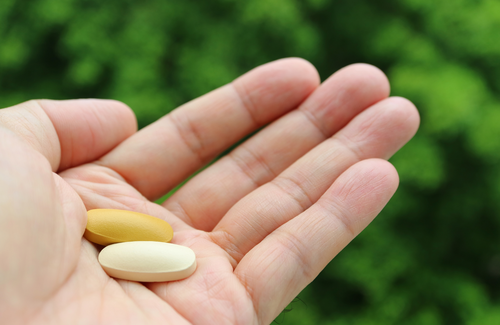The lifetime cost for treating one HIV infection in the UK is almost £380,000, according to a model published in the online journal PLOS One. Switching to generic drugs once patents expired could reduce costs to just over £100,000. The investigators based their calculations on costs associated with treating a 30-year-old gay man infected in 2013 who lived to the age of 72 years. It was assumed that standards of HIV treatment and care were those specified in the 2012 edition of the guidelines of the British HIV Association (BHIVA).
“If 3,000 MSM [men who have sex with men] had been infected in 2013…and all were aged 30 years at infection then the future direct lifetime costs relating to HIV care amounts to approximately £1.1 billion,” write the authors. “Even with the future use of generics, the total sum remains in excess of £0.5 billion.” The authors believe these figures show the vital importance of investing in effective prevention strategies.
Thanks to improvements in HIV treatment and care, most patients with HIV in the UK and similar countries now have an excellent life expectancy. Researchers in the UK have calculated that, even after taking into consideration an increased risk of early death due to liver, kidney and heart disease and some cancers, a 30-year-old gay man with recent HIV infection would live until the age of 72 years.
As of 2013, there were 81,500 people accessing HIV care in the UK. The good life expectancy of people with HIV and continued high rates of new diagnoses – 6500 in 2013 – means that the number of people living with HIV in the UK is likely to increase significantly in coming years.
A team of investigators wanted to estimate the likely cost implications of the ongoing high rates of HIV infections in the UK. They hoped their findings would provide “valuable insights” for the evaluation of possible prevention initiatives.
They developed a model projecting the additional lifetime healthcare costs for gay and other MSM aged 30 years and infected with HIV in 2013. The model assumed no loss to follow-up and that standards and costs of healthcare remained as now. The first calculation was based on the use of patented drugs. The authors also estimated the impact of various strategies to reduce the cost of treatment and care – frequency of follow-up visits and CD4 cell monitoring; ritonavir-boosted protease inhibitor monotherapy for virologically suppressed patients; switching to generics after the patents on branded drugs expired. The authors performed 10,000 simulations.
The estimated mean lifetime cost of treating a single person was £360,800. With annual discounting of 3.5%, the cost was reduced to £185,000.
Reduced frequency of follow-up and monitoring all achieved cost savings, but the biggest price reduction was associated with switching to generic formulations – this reduced the estimated lifetime cost by half to £179,000, and with discounting the cost fell further to just over £100,000.
“In view of the high lifetime costs for HIV-positive individuals, there is large scope for preventative interventions to be cost-effective,” conclude the authors. “Our results show that for settings with good access to cART [combination antiretroviral therapy] and HIV care, it is imperative for investment into prevention programmes to be continued or scaled-up. Further reductions in drug prices by using generic antiretroviral drugs in place of patented drugs would reduce these costs considerably.”
Nakagawa F et al. Projected lifetime healthcare costs associated with HIV infection. PLOS One 10(4): e01205018, 2015.

